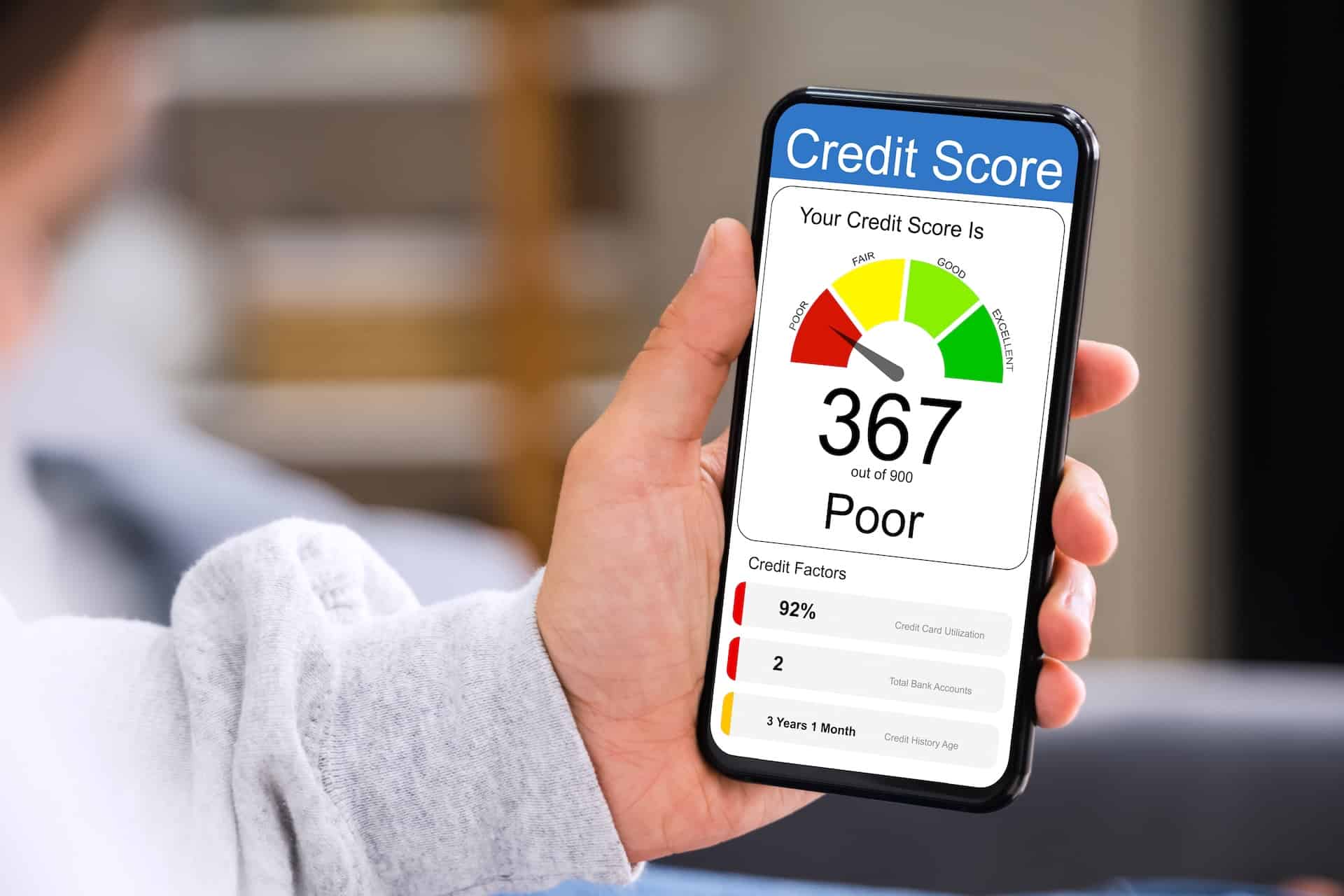Credit Sesame’s personal finance weekly news roundup November 25, 2023. Stories, news, politics and events impacting the personal finance sector during the last week.
- Mortgage rates continue to head lower
- FDIC announces special assessment to settle failed bank costs
- Survey finds Buy Now Pay Later on the rise this holiday season
- Credit applications decline as rejection rates rise
- Retailers face inventory glut in advance of holiday season
- Consumer debt balances and delinquency rates rise again
- Bank overdraft charges resume downward course in third quarter
- Distress over debt remains elevated
- Fintechs help drive personal loan use higher
1. Mortgage rates continue to head lower
30-year mortgage rates continued their recent slide with a 0.15% decline last week. This was the fourth consecutive weekly decline for 30-year rates, bringing them down to 7.29%. Overall, 30-year rates are half a percentage lower than the peak they reached on October 26. They are still 0.87% higher than when the year began. See rate details at FreddieMac.com.
2. FDIC announces special assessment to settle failed bank costs
The FDIC’s insurance fund that protects depositors when banks fail was heavily depleted by large failures earlier this year. The FDIC will temporarily charge banks a special fee to build the fund back up. The fee will amount to a total of about 0.27% of a bank’s assets, charged in quarterly increments over two years. This fee will only be charged to banks with over $5 billion in assets, so the FDIC expects it to affect only 114 banks. A reason the cost to the insurance fund was so high was because the FDIC decided to back $16.3 billion in uninsured deposits. See announcement at FDIC.gov.
3. Survey finds Buy Now Pay Later on the rise this holiday season
According to a poll by Morning Consult, 35% of Americans are considering using Buy Now Pay Later (BNPL) loans this holiday season. That’s up eight percentage points from last year. The percentage interested in using BNPL in 2023 rises to 49% among people who describe their financial condition as “anxious.” As BNPL loans have grown in popularity, so has controversy over the approach. Consumer advocates warn that easy access to this method of financing can lead people to quickly accumulate a lot of short-term debt they are in no position to pay off. In that situation, fees and interest charges can top an annual rate of 36%. Some BNPL providers have no limits on how many late fees they can charge before a debt is repaid. See article at Forbes.com.
4. Credit applications decline as rejection rates rise
The percentage of consumers applying for new credit accounts has declined. Those consumers who apply are facing more demanding standards from lenders. The New York Fed’s Credit Access Survey found that as of October, 41.2% of Americans had applied for credit recently. This is down from 44.8% a year ago and 45.8% just prior to the pandemic. The rejection rate for credit applications has risen to 20.1%. This is up from 18.0% a year ago and 17.6% just prior to the pandemic. One exception to these trends is in the numbers for applications for credit limit increases. A higher percentage of Americans are applying for larger limits on their credit cards, and the rejection rate for these applications has fallen. The survey also found that the percentage of Americans who could come up with $2,000 if an emergency arose within the next month fell to its lowest since 2013. See survey details at NewYorkFed.org.
5. Retailers face inventory glut in advance of holiday season
Two-thirds of major US retailers reportedly are stocking more inventory than they will need this holiday season. That conclusion is based on an analysis of 30 large retail companies by the financial information platform LSEG Workplace. The oversupply comes as American consumers are expected to increase holiday spending over last year by only about the inflation rate. Too much inventory could lead to aggressive discounting. While bad for retailers, consumers would welcome that and could further ease inflation pressure. See article at Yahoo.com.
6. Consumer debt balances and delinquency rates rise again
The latest TransUnion Credit Industry Snapshot found that more consumers fell seriously behind on their debt payments in October. Meanwhile, the size of their debt balances grew. Rates of serious delinquency rose for all major forms of consumer borrowing. Credit card delinquencies rose overall, and for subprime borrowers, they rose above the 20% level. See report at TransUnion.com.
7. Bank overdraft charges resume downward course in third quarter
US banks reported that overdraft fees declined by 3% in the third quarter of 2023 to $1.37 billion. Overdraft fees have now fallen by 22.7% from a year earlier. Those fees have generally been trending downward since the fourth quarter of 2021, except for a mild increase during the second quarter of this year. See analysis at S&PGlobal.com.
8. Distress over debt remains elevated
According to the National Foundation for Credit Counseling (NFCC), American consumers’ concern with unsecured debt dipped slightly in the third quarter but remained high. The NFCC’s Consumer Debt Score measures how distressed Americans are with their debt. The baseline score is 50, representing a normal level of distress over debt. The third quarter score was 64, which means people are significantly more distressed about debt than usual. However, this represented a marginal improvement over the second quarter’s score of 66. Despite this, the distress level has increased sharply since the second quarter of 2021. See news release at NFCC.org.
9. Fintechs help drive personal loan use higher
The amount of unsecured personal loan debt outstanding has increased sharply in 2022 and 2023. The total amount owed on these loans now stands at $232 billion, up 17.24% over the past 12 months. Fintech firms have played a significant role in the growth of personal loan debt, partly because they use untraditional measures of creditworthiness. Those methods will be tested now that the borrowing base is larger and delinquency rates are rising. See news release at NewYorkFed.org.




















